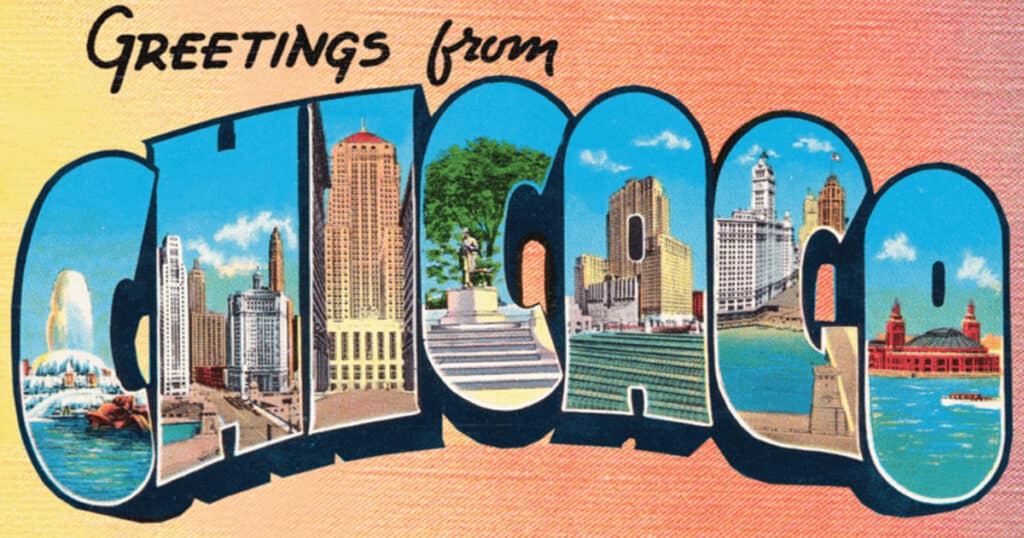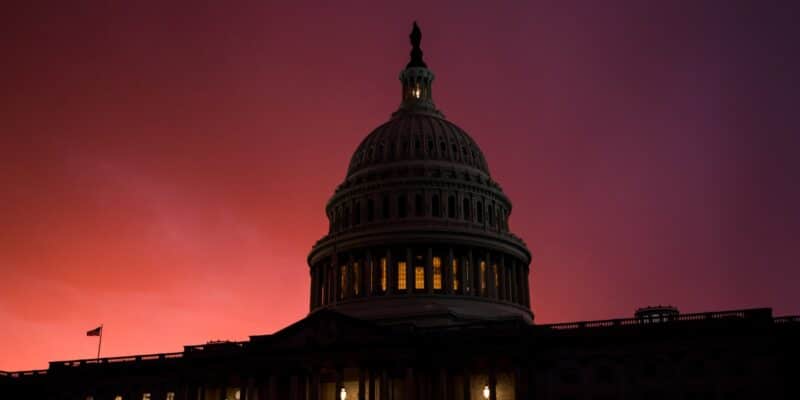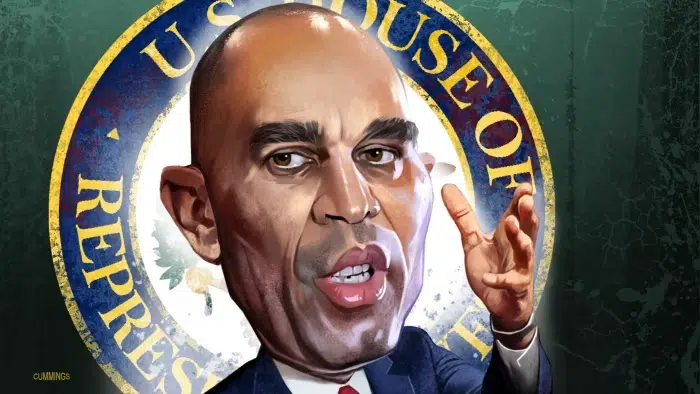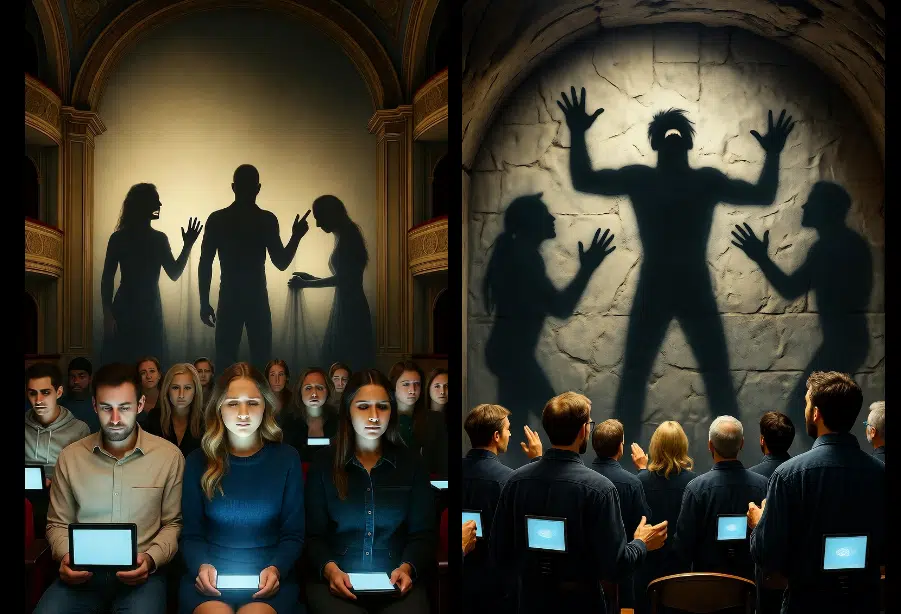
Mayor Lightfoot: Chicago Teachers Union “Brought Chaos” to Education
Chicago Mayor Lori Lightfoot recently summarized the core problem with Chicago’s public education system in plain but powerful terms.
Lightfoot stated during a recent debatewith two of her opponents in the Chicago mayoral race that the Chicago Teachers Union brought “chaos” to Chicago Public Schools. Lightfoot blamed CTU for the district’s enrollment decline and criticized the union’s frequent work stoppages that upended the city.
I never thought I’d hear myself say Lori Lightfoot was right, but she was spot-on in this case. She only left out one thing—why the union is doing what it’s doing.
During the past 13 years, CTU’s leaders increased their striking activity and disrupted CPS operations to advance an extremist political agenda. As the union focused on politics, thousands of CPS students left the district while those who stayed showed a decline in academic performance. The union’s misguided priorities set a troubling precedent for the nation given that other public-sector teachers’ unions across the country are adopting CTU’s “model” and spreading its hard-left ideology.
Politics became the union’s overriding priority after the Caucus of Rank-and-file Educators, CTU’s current leadership, took over the union in 2010 and emphasized a strategy of aggressive striking. From 2012 to 2022, CTU led five strikes or work stoppages. Prior to 2012, Chicago had not seen a teachers’ strike in 25 years.
The union’s work stoppages carried political undertones and, in some cases, attempted to achieve outright political goals. In 2019, the union demanded affordable housing assistance, not a typical topic for collective-bargaining negotiations. When the union cited COVID-19 safety concerns and refused to teach classes in person in 2021, Lightfoot declared the union wanted to “take over running the city government.” A similar work stoppage in 2022 kept hundreds of thousands of students out of school and forced parents to scramble overnight to arrange child care.
All the while, CTU’s leaders infused Socialist messaging into their activism and indoctrinated rank-and-file CTU members with their ideology. Brandon Johnson, a CTU organizer and one of Lightfoot’s many challengers in Chicago’s mayoral race, bragged about the latter when he spoke at the Socialism 2013 conference in Chicago.
“Convincing our members to wear a red T-shirt on Friday was a task,” Johnson said. “The baby Socialists would just wear the buttons. We gotta start them off gently. Eventually they started putting on red T-shirts … building that sense of consciousness.”
What did CPS students gain from the union leadership’s game of footsie with Marxism? A learning environment unequipped to serve their needs.
As Lightfoot alluded to, CPS enrollment plummeted after CORE took over CTU. The district lost more than 87,000 students—a nearly 20% drop —between 2010 and 2022, according to Illinois Policy Institute analysis of CPS enrollment data. At the start of the 2022-23 school year, CPS enrolled a little more than 322,000 students, marking a loss of about 8,000 students from the previous year.
Students who could not leave fell behind in academics. The share of CPS students considered proficient in reading dropped by 29% for third through eighth grades between 2010 and 2014. In math, that share dropped 30%. After a change in state testing—between 2015 and 2022—student proficiency dropped 33% in reading and 31% in math, according to an Illinois Policy Institute analysis of Illinois State Board of Education data.
As of the past full school year, nearly 80% of CPS students could not read at grade level. And 85% failed to show proficiency in math.
You may think these types of results would make other public-sector teachers’ unions shake their heads at CTU’s leadership. Instead, they’re embracing its example.
Since CTU’s 2012 strike, teachers’ strikes in West Virginia, Oklahoma, Arizona, and California have been directly inspired—and in some cases even staffed —by CTU. During the Boston Teachers Union’s 2022 strike, the union demanded “housing justice” for students and won a pilot, housing-assistance program in its final contract. BTU’s victory illustrated how quickly CTU’s activist model for unionism and “Red for Ed” agenda are spreading to other states.
If the trend continues, school districts throughout the nation could see the same decline in student enrollment and academic performance as in Chicago. A model for public education that places a special interest group above students’ interests has not served Chicago well, and it would not serve our nation. A country where children can’t read or write, and where teachers focus more on the campaign trail than the classroom, really would be a country in “chaos.”
This article was originally published by RealClearEducation and made available via RealClearWire.



